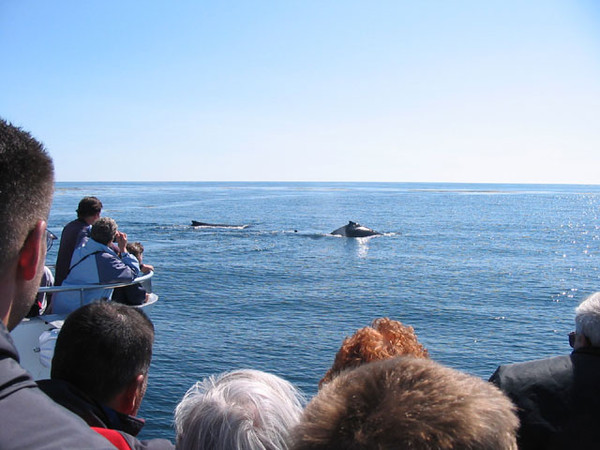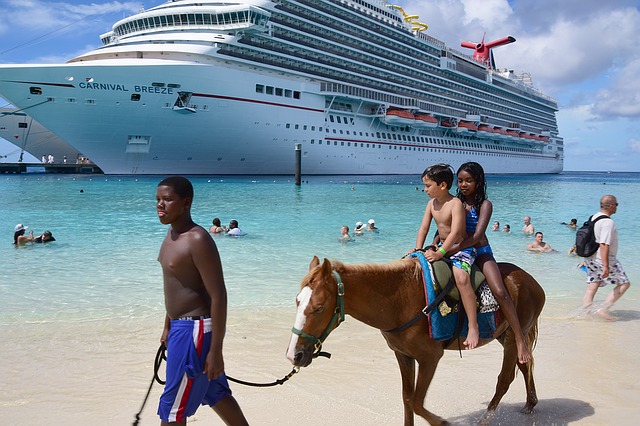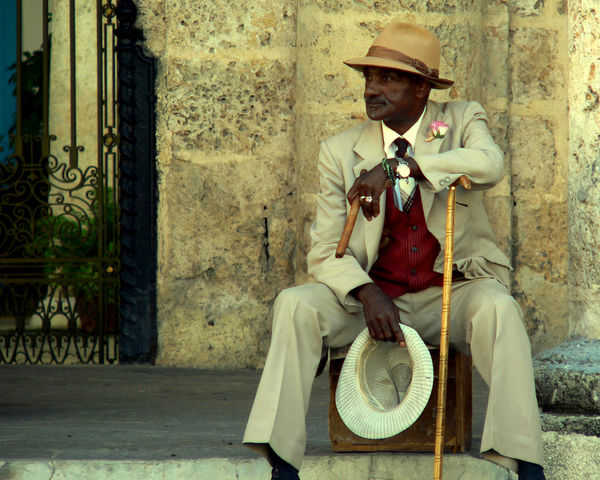Whether by boat or along the coast, in a kayak or aboard a raft, chances are good that if you’re heading out in Maui for a whale watching excursion, you will be taking your camera to capture the most thrilling and awe-inspiring sights this side of the Molokini crater. In that, you are not alone, but what can set you apart from all the rest is the quality of your photos. Who wants to come back from vacation and point with a pencil tip at the spot where a whale had just appeared? Or have only blurry shots to show for their trip?

- Whale WatchingNightThree / Foter / CC BY
Maximize your photographic prowess and use these tips to ensure you return home with a whole catalogue of extraordinary shots that will impress all your friends and result in poster-worthy prints.
Ask Ahead
If you’re taking a boat tour, speak up and ask the representative when the least crowded tours run. Strategically, you’ll want to be on that boat, because fewer people means greater run of the deck and more opportunities for the best photos. Click here for more information on whale watching tours in Maui.
Bring a Decent Camera
You don’t have to go out and buy the fanciest, top-of-the-line camera out there (though if you’ll use it beyond this trip, it’s not a terrible investment). But if your aim is to snag noteworthy photos worth writing home about, you’ll have to do better than a disposable camera from the hotel gift shop. Even a simple 35mm camera, beefed up with an 80 to 300mm zoom lens, will do the trick, although more dedicated photographers will obviously go higher end.
Bring Extra Batteries
This cannot be stressed enough. You just never know when your batteries are going to die (especially if you’re using a less powerful generic brand), and leave you high and dry. Nothing could be more miserable than going on an epic whale watching trip, having your camera die and then witnessing the most incredible whale breaching of the entire season…while everyone else joyfully snaps away.
Make Sure Your Camera is Fully Charged
Same as above, if you know you’re heading out for a day of whale watching, make the effort to charge your camera fully the night before to avoid that dreaded battery drain. It wouldn’t hurt to have an extra battery with you, but most chargeable ones should suffice for an afternoon, with power to spare. Also be aware that if you plan on using your digital camera’s video capabilities, that will use up more battery power quickly.
Ensure You Have Substantial Memory
Most of us go a little shot-happy when we’re snapping pictures of something really great and exciting, so be sure to check that you have enough memory on your digital camera, especially if you’re near the end of your vacation. You can go through and edit down your pictures or just buy another memory card.
Adjust the Settings
You’ll want to change your autofocus camera to “sport” or “action” mode and film camera users will also want to adjust the shutter settings to an ISO of 100 or faster.
Steady There
To steady your shot, focus on the horizon, not the sky nor exclusively the sea. Also, try not to follow the whales around with your camera, as you will quickly get dizzy and disoriented, and probably end up with more fuzzy photos than you’d like.
Pace Yourself
Once you’re aboard the tour boat, it can be very exciting when the first whale is glimpsed. Resist the urge, however, to take 50 pictures of the tip of his tail as it disappears into the waves. Know that patience is a virtue and good things come to those who wait – including the perfect shot.
Try to Predict
One of the toughest parts of capturing the whale activity is seeing them dive and then trying to predict where they’ll come up. Consider the direction a diving whale was moving in and its speed and focus your camera on one spot where you guess it would likely surface next. If you’re lucky and you guessed right, it’s up to you what part of the whale you photograph, but the fluke emerging is a popular choice.
Keep the Zoom for Another Day
If you’re shooting video, you should really try not to zoom in and out. Yes, it’s very tempting, but it’s also distracting when you go back to watch it later. Wait until you see something, adjust the zoom accordingly and then leave it alone for the rest of the trip!
[box]Mandy McCord is a contributing writer and whale watching enthusiast who has witnessed whale activity all over the world. Hailing originally from San Diego, she and her husband have visited Maui numerous times for the excellent humpback breaching.[/box]



